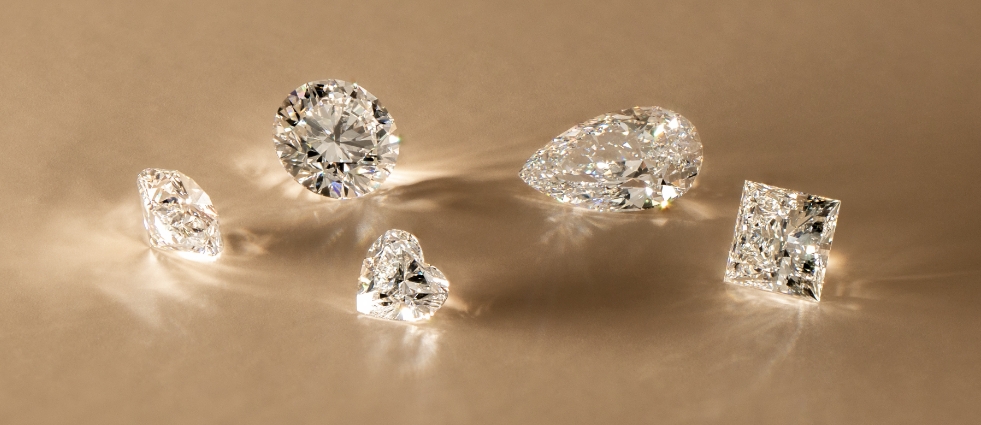Since the early 1900s, diamonds have dominated engagement rings as a result of a phenomenally successful marketing campaign by the British company De Beers.
De Beers has created many successful slogans throughout decades of targeted marketing, including "Diamonds are forever", an instantly recognizable catchphrase. It wasn't just marketing alone that rocketed them towards success, as diamonds are indeed the finest stones we know. In this article, we will cover all the major diamond alternatives available today and compare their performance to that of real diamonds.
WHY DIAMONDS?
"Diamonds are forever" refers to the fact that diamonds are the strongest natural material in existence and will last multiple generations if taken care of. The properties of diamonds, when compared to other stones and gems, are superior in every aspect, including hardness, sparkle, brilliance, etc. Because we've covered diamond properties and composition in previous articles, we'll keep this brief and explain why other stones aren't great options.
Tip: Although diamonds are the strongest natural material in the world, you should still handle them with care. Knocking your ring too hard may damage the diamond girdle, or worse, you may lose the diamond entirely if you damage the setting's safety mechanism as well.
WHY NOT MOISSANITES?
Moissanites are not a viable alternative to diamonds because of their low hardness. Diamonds are four times harder than moissanites.
These stones are not white. On average, moissanites have a low colour grade when compared to diamond colour grading. Moissanite appears dark when illuminated by dim lighting because of its brown tint.
Moissanites' sparkles are iridescent in colour. In diamonds, the sparkles are white. As a result of its rainbow-like sparkles, the stone appears like costume jewellery to the eyes.
Moissanites have double refraction. In other words, when looking at a moissanite top-down, one will notice where the facets join. Thus, instead of seeing a single line - the joint - there are now two clearly visible lines.








